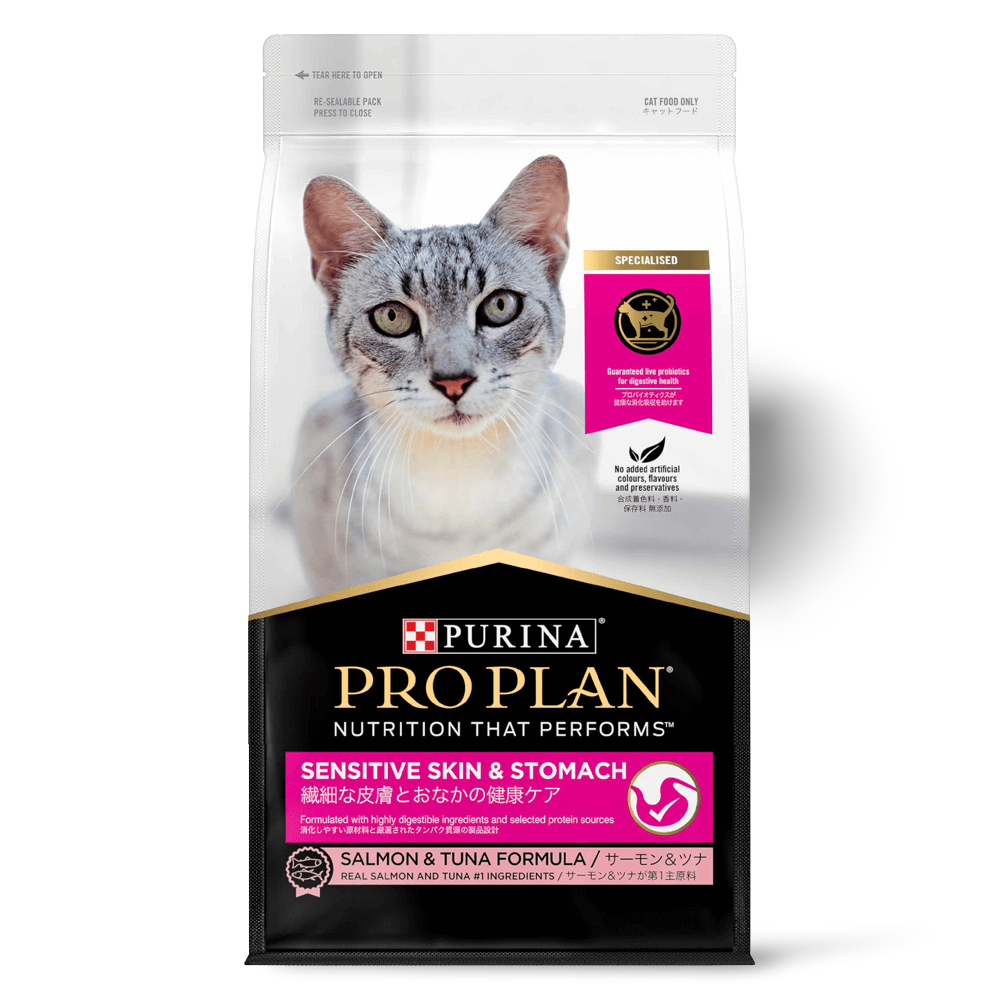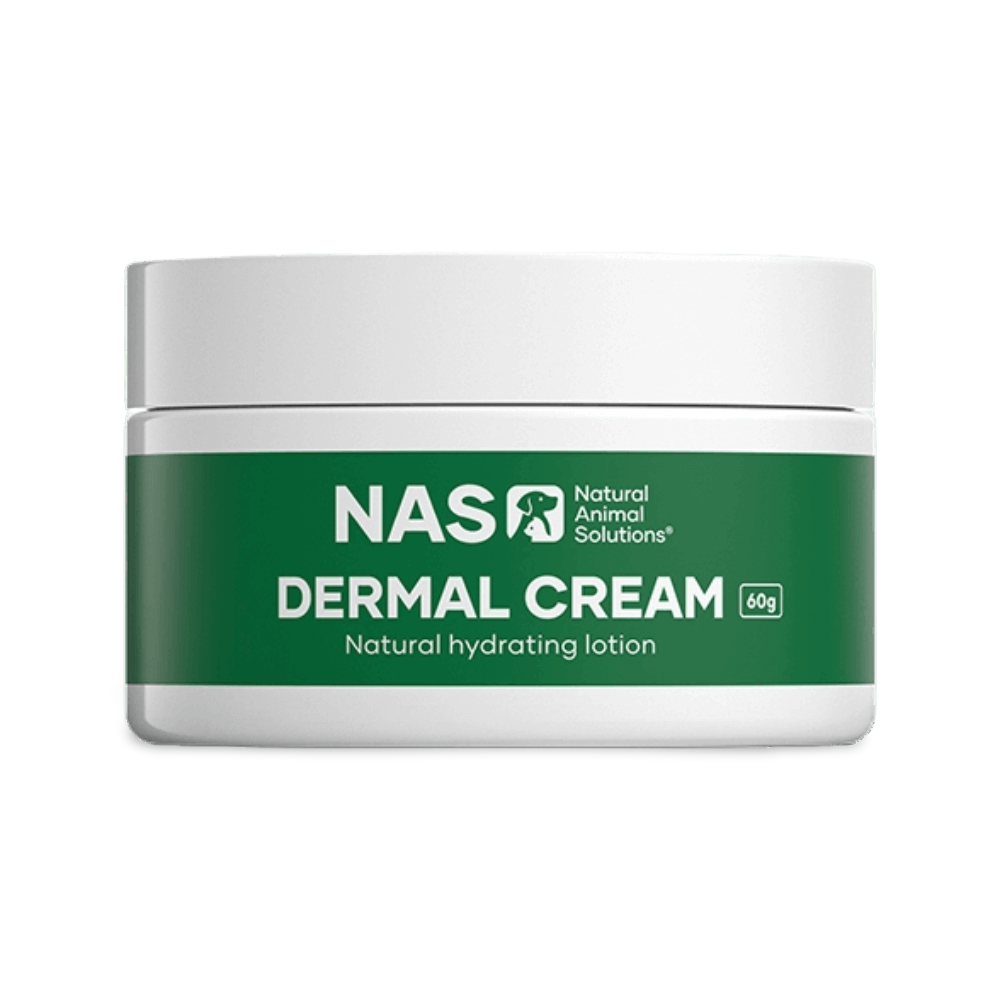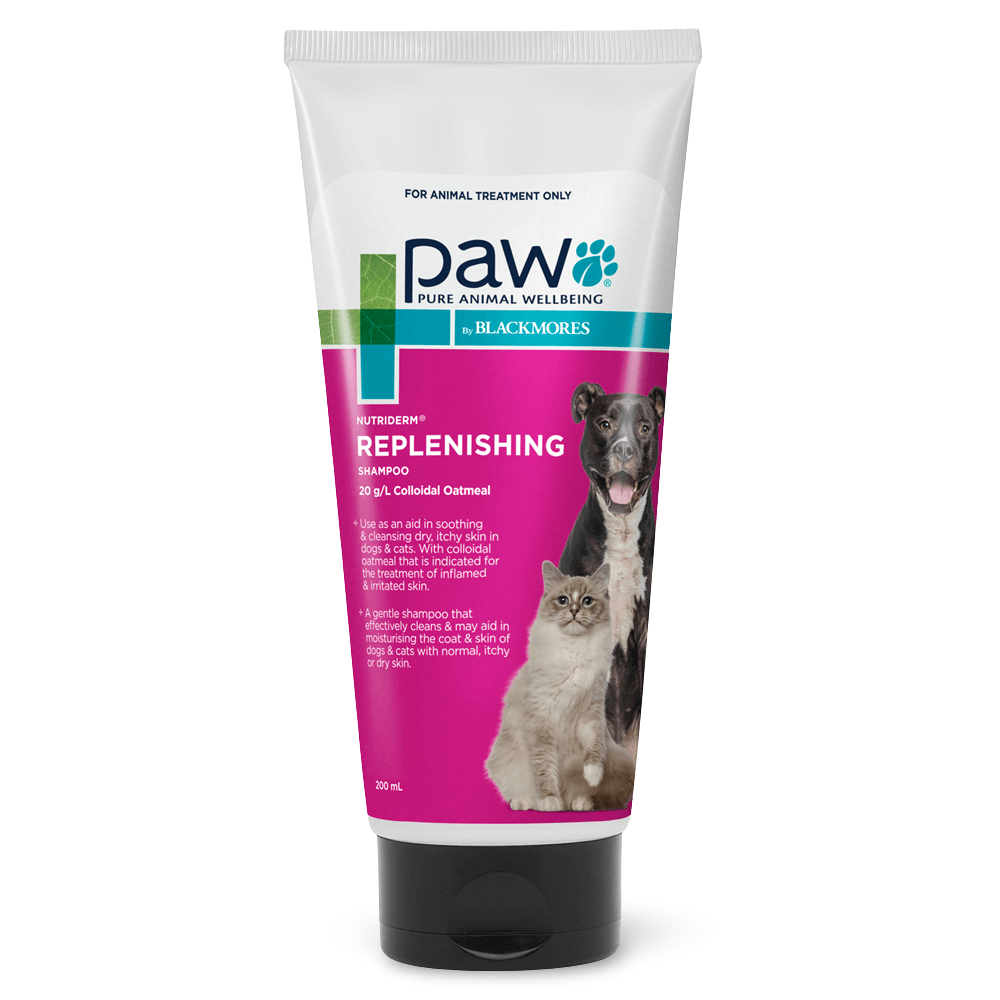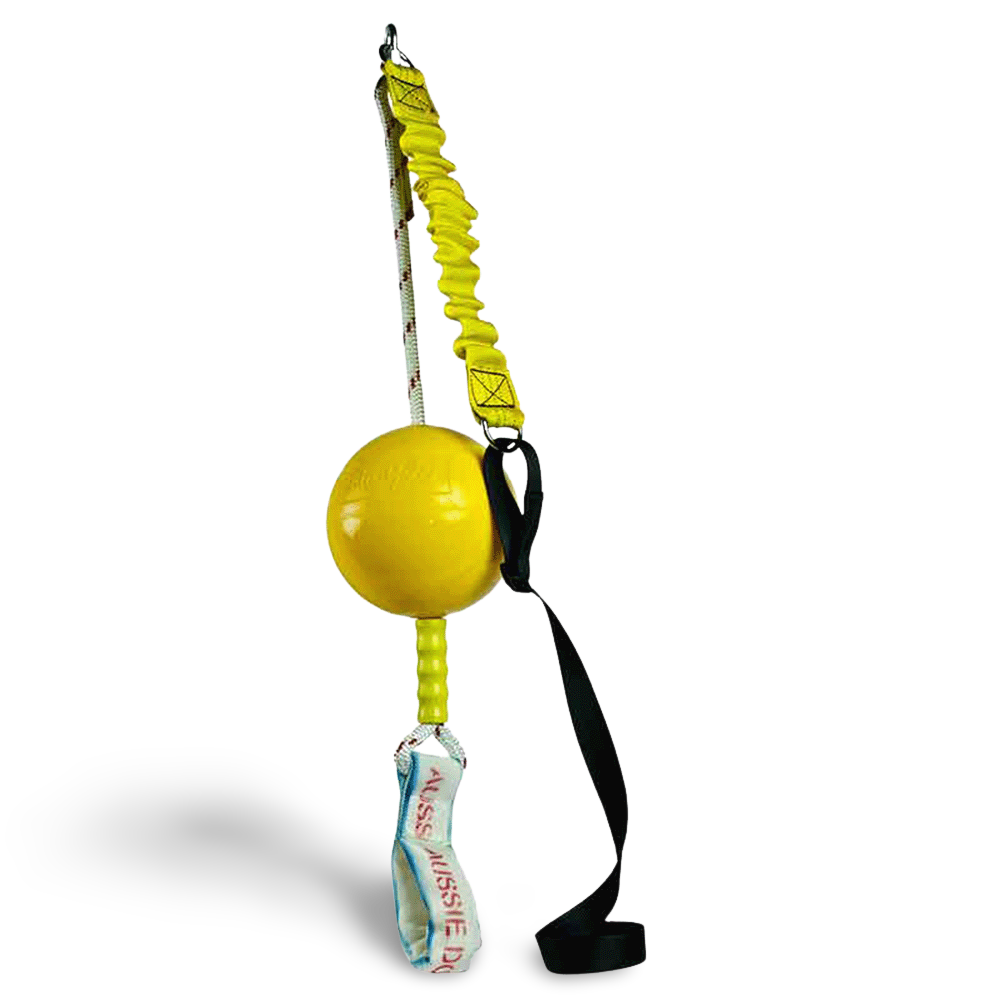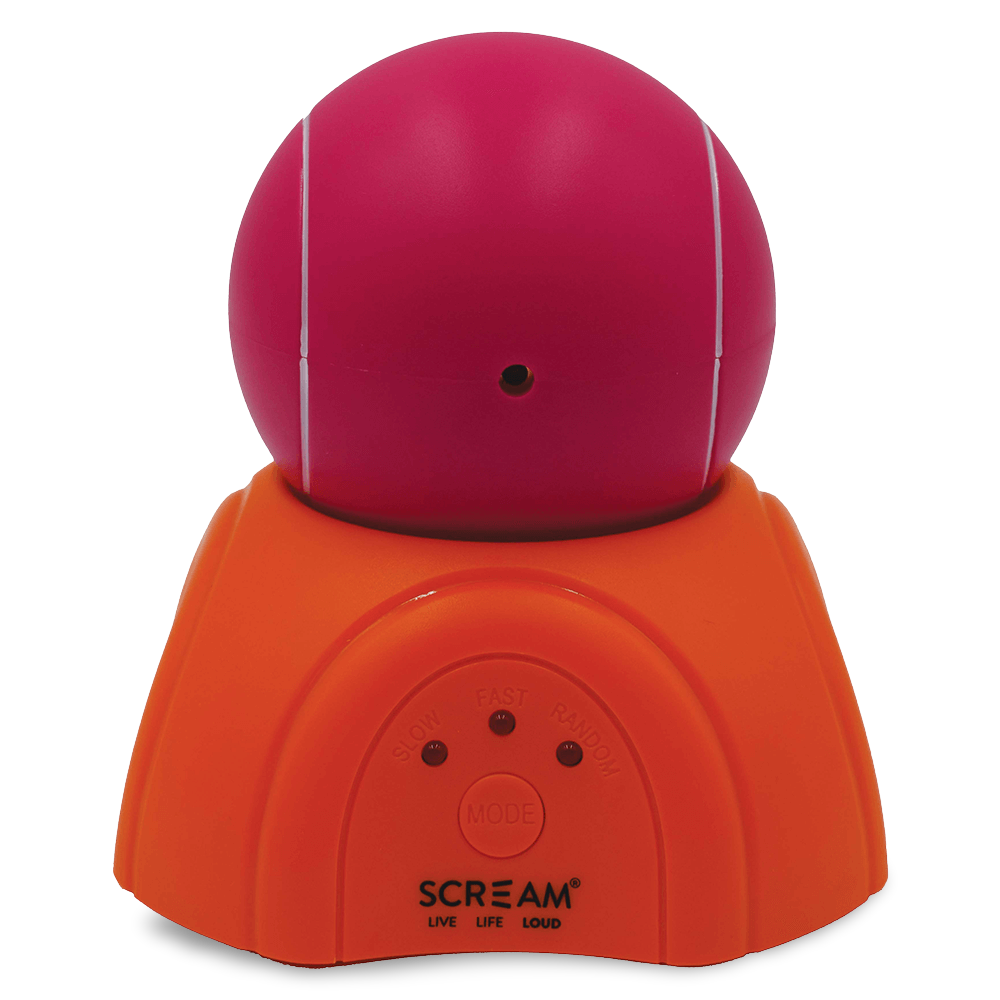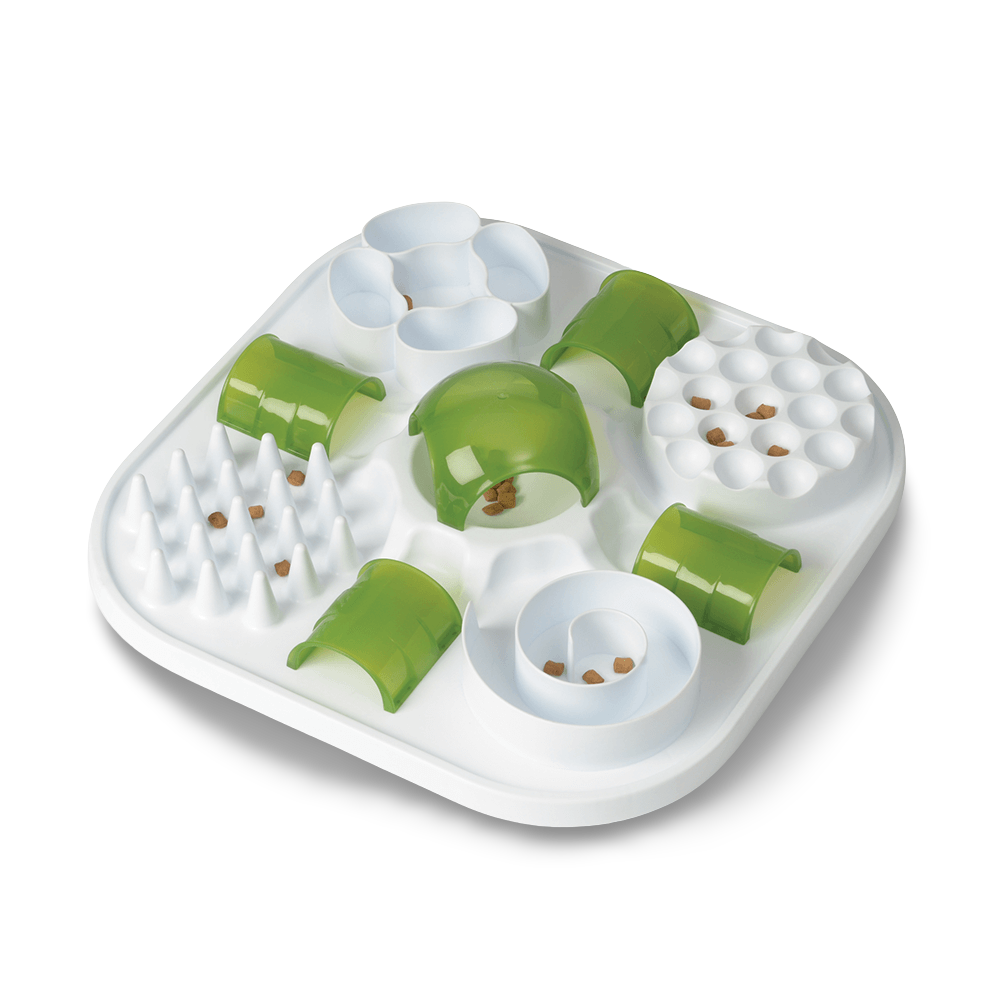Springtime And Your Pet
Tips for keeping your pet fit, healthy, itch and parasite free, all Spring long!
This article is written by Pet Circle Veterinarian, updated by .
Wouldn't you know it - the frost has thawed and sunny Spring is here! All across Australia we see flowers a-blooming, birds a-chirpin', and days a-warming. It's the perfect season for frolicking outdoors with your four-legged friends.
But it's important to remember that fleas and other nasties are at their worst this season, and fresh new grass and pollinating plants can irritate sensitive skin. Read our tips for keeping your pet healthy, happy and safe this Spring!
Pet Circle's vets talk about their top 5 recommended pet products for Spring. View more helpful videos on Pet Circle's Youtube Channel.
Contents:
Springtime Parasites

Which Parasites Pose a Risk?
1. Ticks: Very high risk. There are 3 species of ticks in Australia: The Paralysis Tick, The Brown Dog Tick, and the Bush Tick. Only the Paralysis Tick is venomous. Paralysis Ticks - are one of the most important Australian parasites due to their abundancy along the heavily populated Eastern coastline, and the deadly paralysis condition they create. Ticks are at their worst during Spring and Summer due to their breeding season. This seasonal 'tick explosion' can vary each year, and can begin as early as late July. To check whether ticks are presenting a risk early this year in your area, ask your local vet clinic.

2. Fleas: High risk. Fleas love the warm weather and breed most actively during Spring. Fleas can be very difficult to see in your pet's fur - in fact, most people will never see them. You may instead spot 'flea dirt' (which is actually flea faeces!) within the fur over your dog's rump or under your cat's chin. Make sure to keep your pet protected all Spring long with a reputable flea preventative like Nexgard, Bravecto, or Revolution Plus. Learn more about fleas and their life cycle.
3. Intestinal worms: Moderate risk. Unfortunately, pesky worms never rest! These 'evergreen' parasites pose a risk all year round, and can lead to debilitating illnesses particularly in young animals. Depending on the species, worms are usually caught in the soil or passed from dog-to-dog via direct contact. Learn more about the worms of concern in Australia.
4. Heartworm: Moderate-high risk. The transmission of heartworm is at its worst in Summer due to its mosquito-borne method of spread, however mozzies can certainly start to ramp up in Spring - so it's vital to be on top of your pet's heartworm prevention. Plus, with such a slow life cycle, pets requires consistent treatment with no breaks, in order to protect against any immature larvae and keep their bodies heartworm-free! Learn more about heartworm and the best prevention for dogs.
5. Mites: Moderate-low risk. Dust mites tend to flare up in Winter when our windows are closed and homes are stuffy, however some species such as Demodex or ear mites may pose a risk all year round. Learn more about the different species of mites.
For more information on the most significant parasites in Australia, read our Complete Guide to Australian Parasites.
Which Preventatives are Best for Spring?
If your pet lives in a tick area, then prevention year round is recommended, but is especially important during Spring.
However, some animals may not require tick prevention. In many parts of Australia (particularly West Australia and South Australia), tick prevention may not be necessary due to its distribution along the Eastern side of the country.
All-in-One or Combination products are a great option as they protect your pet against most of the common Australian parasites, all in one easy product. Recommended brands include Nexgard Spectra and Simparica Trio for dogs and Revolution Plus and Bravecto Plus for cats.
Vet Recommended Preventatives for Dogs & Cats
Nexgard Spectra is one simple monthly chew, which protects against ticks, fleas, intestinal worms and heartworm.
Simparica Trio is a monthly treatment which provides your dog with protection against fleas, ticks, heartworm and intestinal worms.
Revolution Plus is a monthly spot-on treatment for cats that covers ticks, fleas, heartworm, and intestinal worms.
Bravecto Plus for cats protects your kitty against ticks, fleas, intestinal worms, and heartworm, and only needs to be given once every 2 months.
Want to know more?Read our articles Flea, Tick and Worming Guide For Dogs or the Flea, Tick and Worming Guide For Cats.
Springtime Allergies

Why do Skin and Ear issues Flare Up in Spring?
Spring brings a lot of new plant growth. Flowering and non-flowering plants, grasses, pollens, and weeds can all cause your pet to itch, scratch, and develop a range of skin conditions. As the weather becomes warmer and your pet spends more time outdoors exploring their environment, they may react to new plants and pollens in the air.
Common Signs of Springtime Allergies:
- Excessive scratching
- Red and irritated skin
- Licking and chewing paws
- Ear infections
'Atopy' is the general term used to describe an allergy to things in the environment like pollen, dustmites, grasses, etc. Some dogs with atopy might only be allergic to one or two things, but others might be allergic to literally dozens of allergens. This is similar to humans - ever noticed how some people who are allergic to cats are often also allergic to dust and pollen too?
Unfortunately, unlike changing your pet's diet or keeping flea control up to date, avoiding pollen and grass is not a feasible task. Unless your pet is kept in a quarantine zone, pollen and dust exposure is inevitable.
Pets with atopic dermatitis can have intradermal skin testing with a veterinary dermatologist to identify the cause of their allergies. This is usually followed by a course of immunisations to desensitise the pet against the cause of the allergy, helping to control symptoms. If intradermal testing and desensitisation are not effective or available, other medications and methods can be used to try and minimise the side effects, or strengthen the skin barrier.
Spring Skin Care Tips
Because it can be difficult (if not impossible!) to reduce your pet's exposure to springtime grass and pollen, your best defence may be to improve the strength of your pet's skin barrier. Stronger, healthier skin means that your pet has a tougher physical barrier to the causative allergen, and also reduces the inflammatory response. This can be achieved by implementing a few easy changes at home.
1. Provide Beneficial Oils into the Diet
Help nourish the skin from the inside out with the addition of Omega Fatty Acids which strengthen the skin layer while soothing dry, itchy skin. This can be achieved by feeding a skin care or a fish-based food, or with the addition of an Omega fatty acid supplement .
2. Soothing Shampoo, Conditioner or Lotion
Some shampoos can provide relief from inflammation or help heal infection. Oatmeal based shampoos are ideal for sensitive pets who suffer from dermatitis by providing gentle cleansing to remove dirt, chemicals and allergens from the skin. Use together with a conditioner to prolong the soothing effect and restore moisture to the skin.
High-quality soothing lotions contain beneficial moisturising properties to help nourish inflamed skin. They can also help provide an extra 'barrier' layer on the skin surface, reducing the risk of some allergens penetrating through and causing a reaction.
Shop All Dog & Cat Grooming Products
Get Active in the Sunshine!

This Spring, take advantage of the sunshine and get active with your best friend. Just like for humans, exercise helps your dog burn off some extra calories and kick-starts their metabolism. Why not shed that winter weight together?
If you need some extra inspiration, why not splash out on some fun new walking accessories? Just as a new set of active wear can encourage you to hit the gym, a fab new walking accessory may be the 'dog walk inspiration' you need.
For cats, keep them active by encouraging them to play regularly. Provide your kitty with plenty of toys, and don't forget to rotate through them as cats can get bored with the same toys after a while.
Fitness benefits their mind - Play and exercise are hugely beneficial for dogs and cats on both a psychological and physical level. Not only does playtime keep their mind stimulated and happy, but it also helps keep them occupied and away from other objects (such as your shoes!).
1. Walking and Running
Get outside and enjoy longer days of Springtime sunshine! Every dog needs a daily walk, regardless of their breed. Walking is important for their physical and mental health. Not only will your dog benefit from the physical exercise, but they will also love the one-on-one time with you! The required walking time per day depends on your dog's breed and fitness level.
Tips for increasing dog walking (for busy pet
owners!)
1. Invest in some new exercise gear: Ever noticed how buying some new activewear
motivates you to go to the gym more often? The same will happen to your attitude to dog
walking! Why not invest in a new lead or walking harness.
2. Take your dog with you on errands: If you can take your dog along to pick up
the
kids, to the shops, or out to lunch - do it! This will make dog walking feel like less
of a
chore (not just something EXTRA you have to fit into your day!) and your dog will love
the
extra time with you.
3. Consider a dog walker or reach out to your community to see if any dog lovers
would like to walk your dog. You'd be surprised how many milennials-in-sharehouses are
unable to own a dog due to rental restrictions. There may be houses full of milennials
dying
for some pupper contact!
2. Swimming
Now that the days are getting warmer, you can start to think about swimming again! Did you know that 1 minute of swimming burns the same amount of calories as 4 minutes of running? Plus, swimming is a form of non-weightbearing exercise which is perfect for protecting your pet's joints - AND the cool water prevents overheating in high Aussie temperatures.
3. Interactive Playtime
All pets love to play. Playtime is particularly important for cats indoor cats as it is their primary form of exercise. Schedule in at least two 10 minute play sessions each day with your feline friend. Not only will your kitty benefit from getting moving, but they will love the one-on-one time with you!
Read more about Games You Can Play With Your Cat or The 10 Best Toys for Home Alone Cats.
Further Reading
Want to read more? Check out our other articles:
Premium Pet Food: Is it worth it?
Your Guide to Fleas, Ticks and Worms
Springtime Allergies: How to Stop the Scratching
Want to know more? Check out our Discover Page for more tips on keeping your pets happy and healthy.





























